
Posts

Vagus Nerve
Introduction The vagus nerve, also known as the 10th cranial nerve or CN X, is one of the longest and most complex nerves in the...
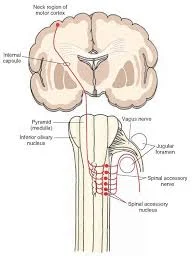
Accessory Nerve (CN XI)
Introduction The accessory nerve, also known as cranial nerve XI (CN XI), is one of the 12 cranial nerves in humans. It is considered a...
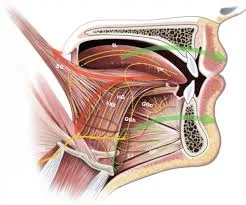
Glossopharyngeal Nerve
Introduction The glossopharyngeal nerve is also called the ninth cranial nerve (CN IX). It is one of the four cranial nerves, that perform sensory, motor,...

Vestibulocochlear nerve
Introduction The vestibulocochlear nerve is also called cranial nerve eight (CN VIII). The vestibulocochlear nerve (CN VIII) connects the vestibular and cochlear nerves. It is...
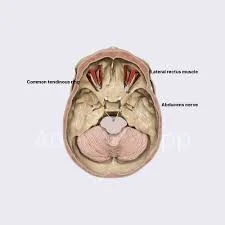
Abducens Nerve
Introduction The abducens nerve, also known as the abducent nerve, controls the movement of the lateral rectus muscle, allowing your eye to rotate away from...
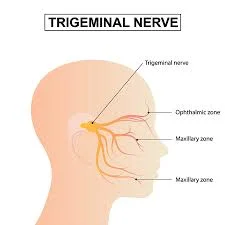
Trigeminal Nerve
Introduction The trigeminal nerve (CN V) is its fifth and largest cranial nerve. Its primary function is to provide sensory innervation to the face, which...
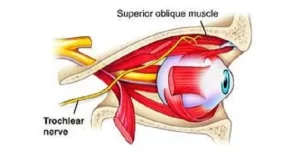
Trochlear nerve
Introduction The trochlear nerve, or fourth cranial nerve (CN IV), acts as one of the ocular motor nerves that regulate eye movement. As the only...
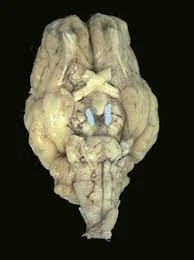
Oculomotor Nerve
Introduction The oculomotor nerve is the third cranial nerve (CN III), and its name indicates its function. The oculomotor nerve will innervate muscles that move...
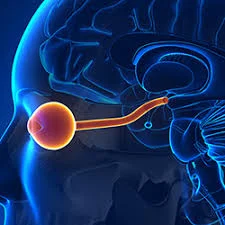
Optic Nerve
Introduction The optic nerve is the second cranial nerve (CN II) that transmits visual information. The optic nerve has only afferent (sensory) fibres and, like...
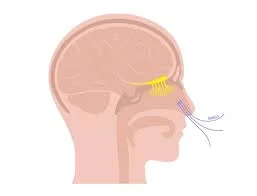
Olfactory nerve
Introduction The first and smallest cranial nerve is the olfactory nerve. This nerve is one of two that do not connect to the brainstem. Your...
